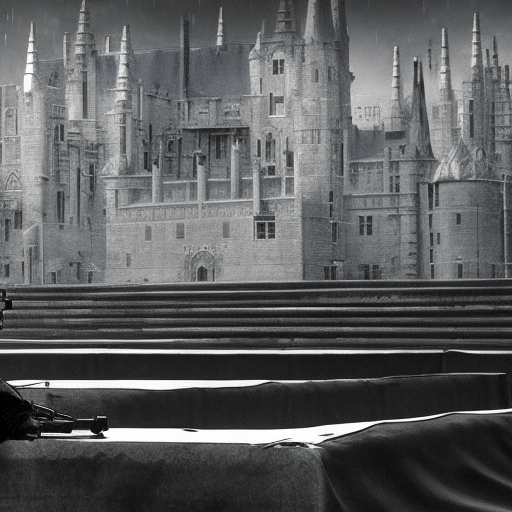In the Heat of the Night (1967) – A Gripping Tale of Racism and Justice
Main Cast and Crew:
- Director: Norman Jewison
- Writer(s): Stirling Silliphant (screenplay), John Ball (novel)
- Main Actors: Sidney Poitier as Virgil Tibbs, Rod Steiger as Bill Gillespie, Warren Oates as Sam Wood
- Music Director: Quincy Jones
- Director of Photography: Haskell Wexler
- Producers: Walter Mirisch, Hal Ashby
“In the Heat of the Night” is a gripping crime drama set in the racially tense town of Sparta, Mississippi. The film follows Virgil Tibbs, a highly skilled African-American detective from Philadelphia who finds himself embroiled in a murder investigation while waiting for a train connection. When a wealthy industrialist is found dead, Tibbs is wrongfully arrested due to the color of his skin. However, it is soon revealed that he is a respected police officer, and the town’s police chief, Bill Gillespie, reluctantly enlists his help to solve the case.
The plot delves into the complexities of race relations and the struggle for justice in the Deep South during the 1960s. As Tibbs and Gillespie work together, they face numerous obstacles, including the town’s racist attitudes and the resistance of the victim’s family. The film masterfully portrays the evolving relationship between the two protagonists, as they gradually overcome their initial prejudices and develop a mutual respect.
The central themes of “In the Heat of the Night” revolve around racism, identity, and the pursuit of justice. The film highlights the pervasive racism that permeated society at the time, with Tibbs facing constant discrimination and hostility. Through his character, the movie challenges racial stereotypes and explores the notion of individual worth and dignity. Additionally, the film examines the concept of justice and the lengths one must go to uncover the truth, even in the face of overwhelming prejudice.
Upon its release, “In the Heat of the Night” received critical acclaim and was a commercial success. It won five Academy Awards, including Best Picture, Best Actor for Rod Steiger, and Best Adapted Screenplay for Stirling Silliphant. The film’s powerful portrayal of racism and its impact on society resonated with audiences and critics alike, solidifying its place as a classic in American cinema.
The legacy of “In the Heat of the Night” extends beyond its critical and commercial success. The film played a significant role in challenging racial stereotypes and promoting social change. It paved the way for more diverse representation in Hollywood and inspired future filmmakers to tackle important social issues in their work. Its impact can still be felt today, as it remains a powerful reminder of the ongoing struggle for racial equality.
For potential viewers, “In the Heat of the Night” is a must-watch film that combines a compelling murder mystery with thought-provoking social commentary. The stellar performances by Sidney Poitier and Rod Steiger, along with the film’s tight direction and powerful screenplay, make it a timeless classic. It serves as a reminder of the importance of empathy, understanding, and the fight against injustice.
Memorable Quote:
“They call me Mister Tibbs!” – Virgil Tibbs












